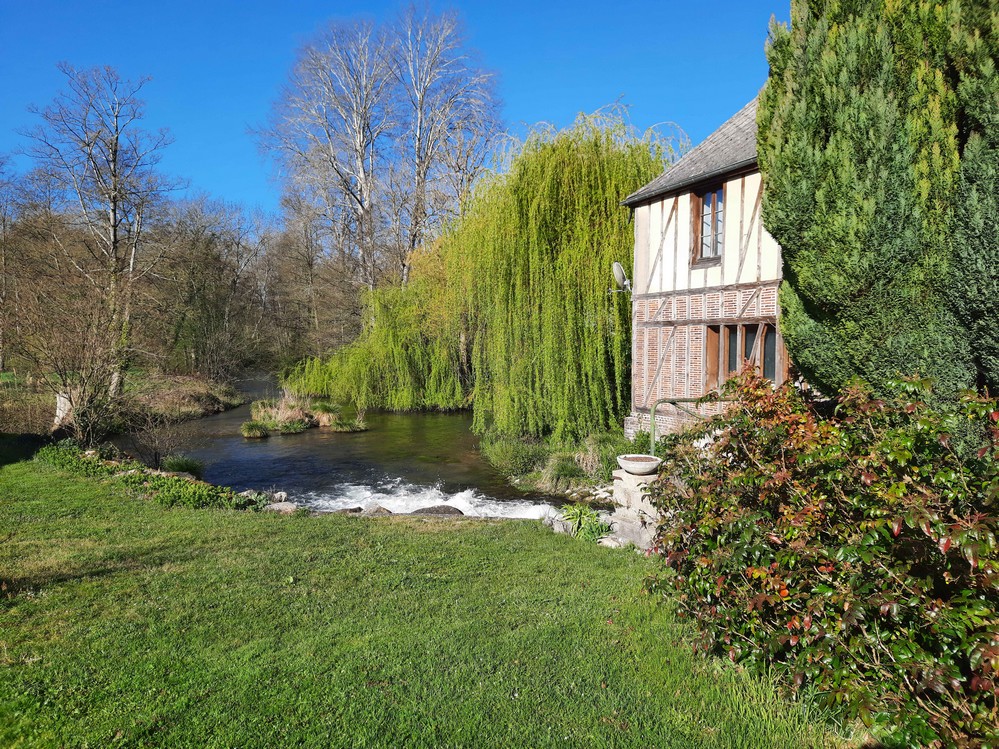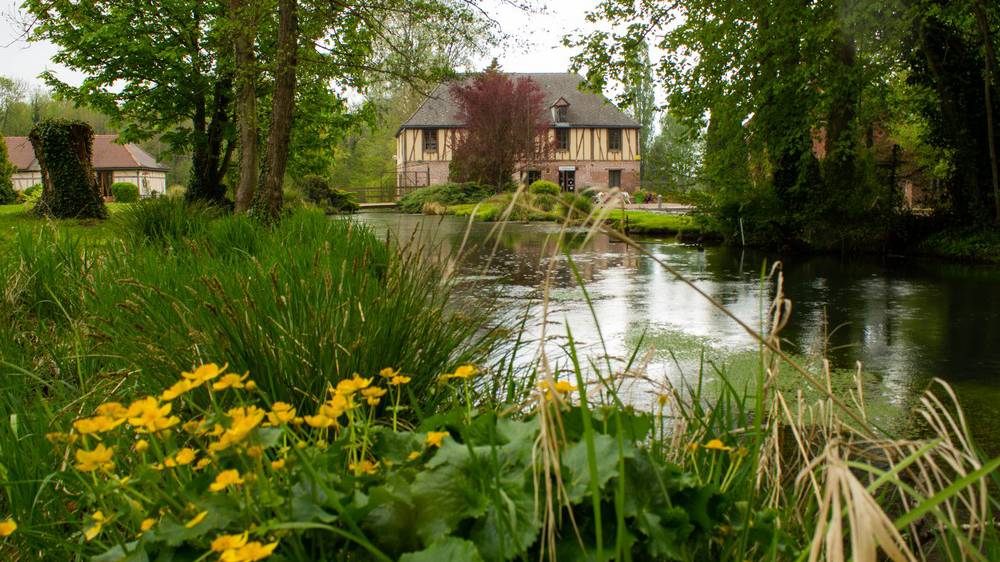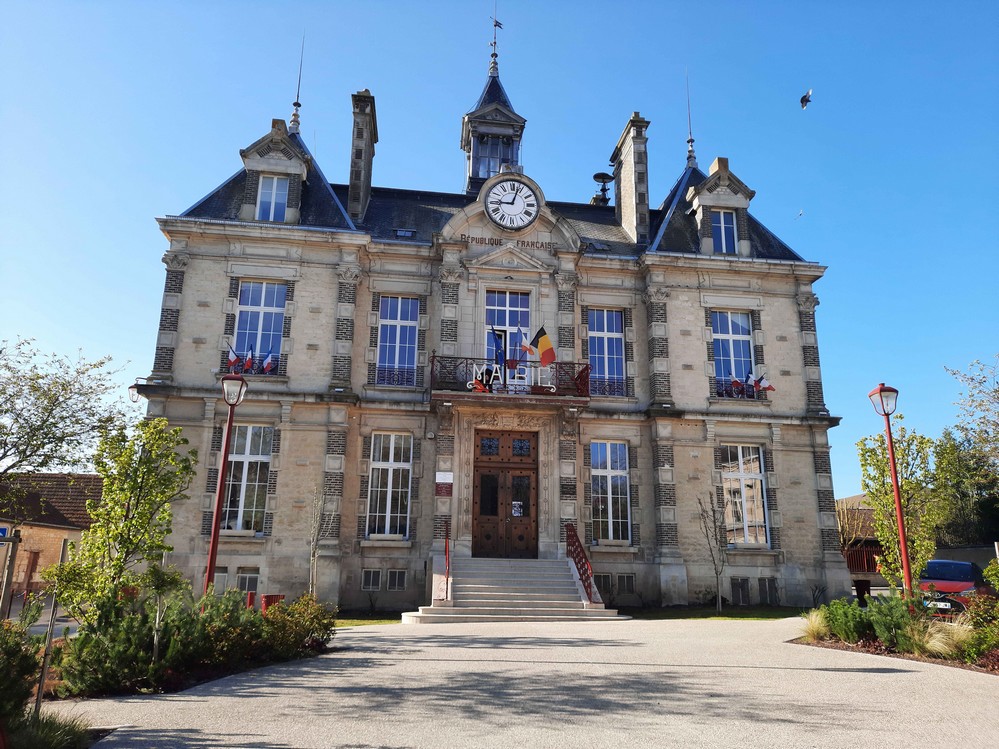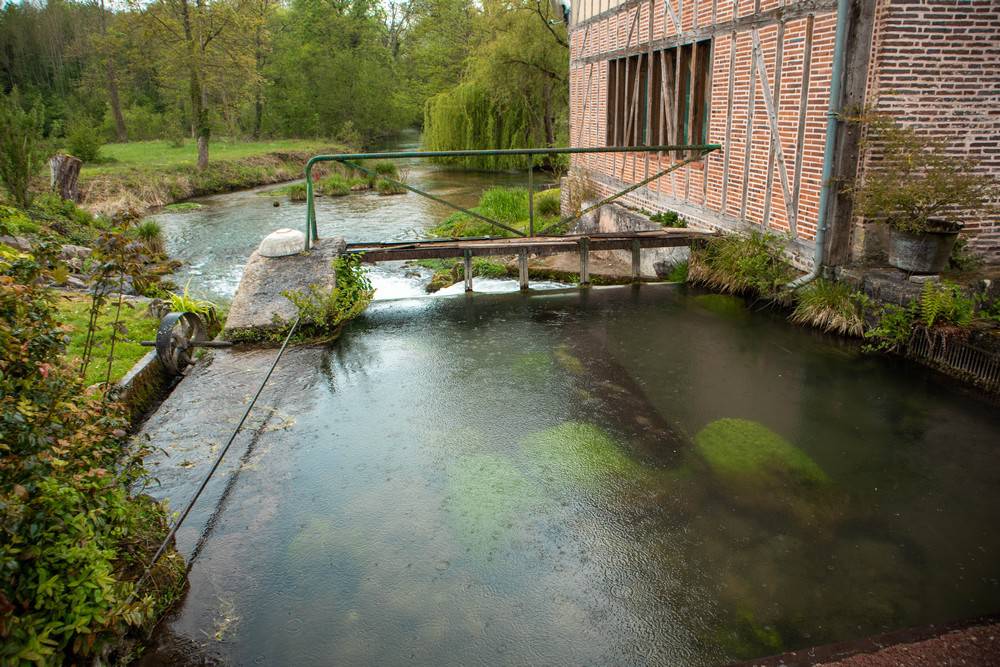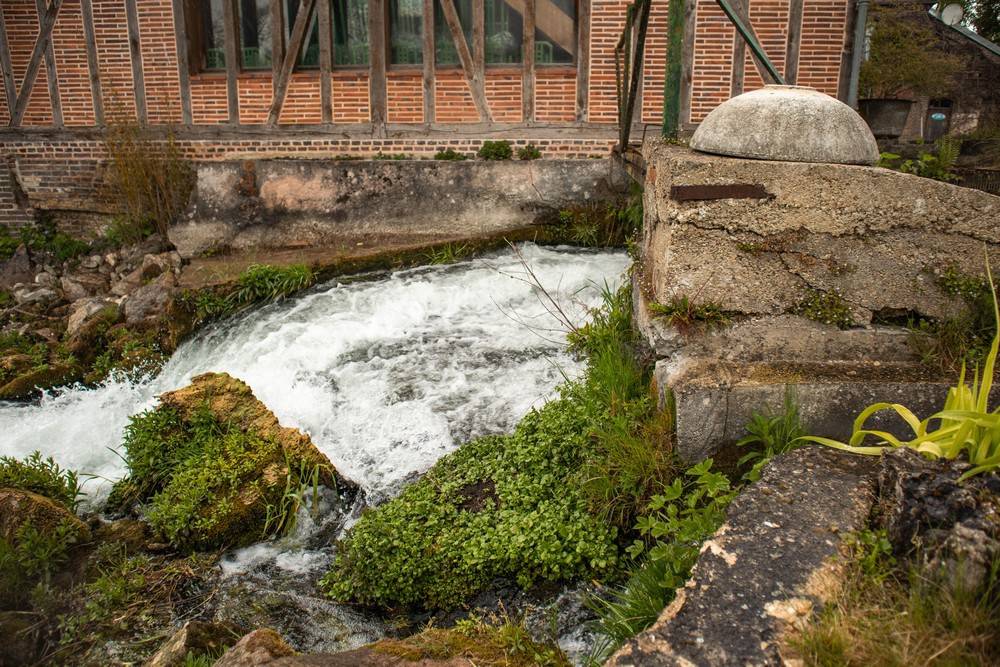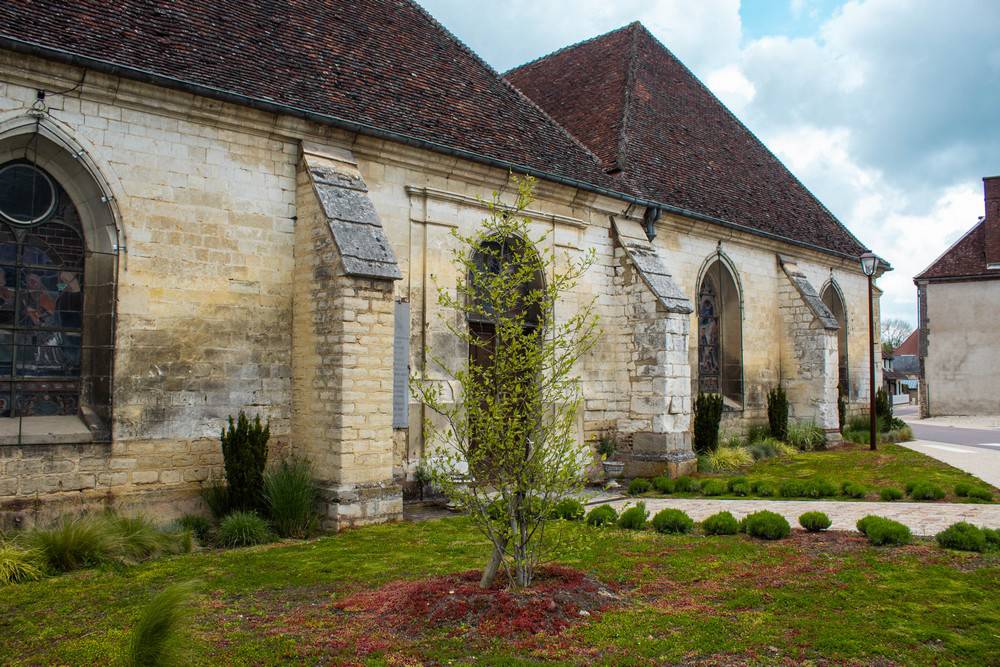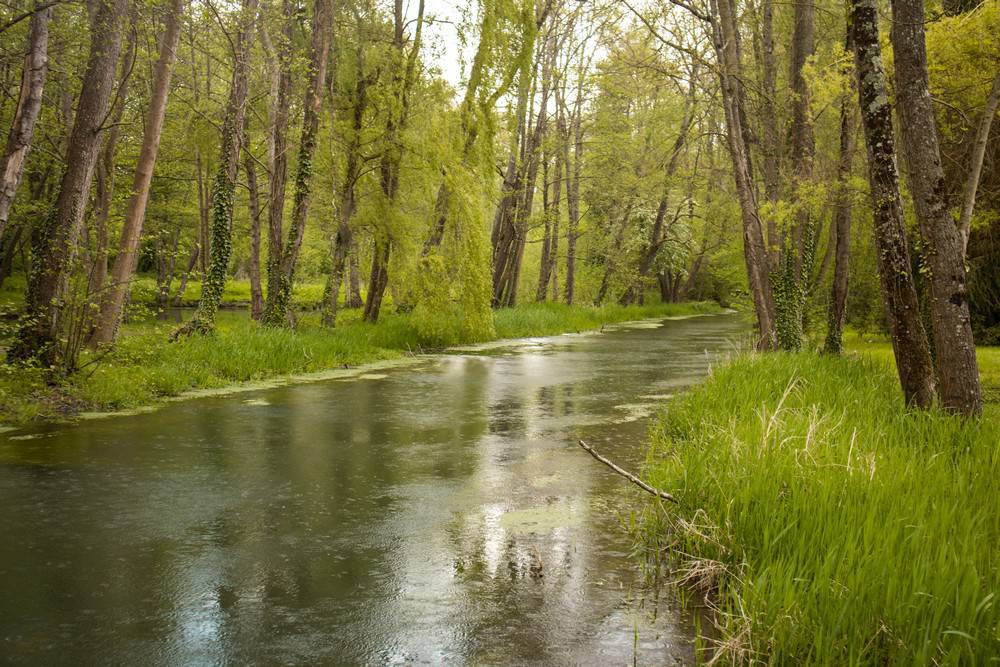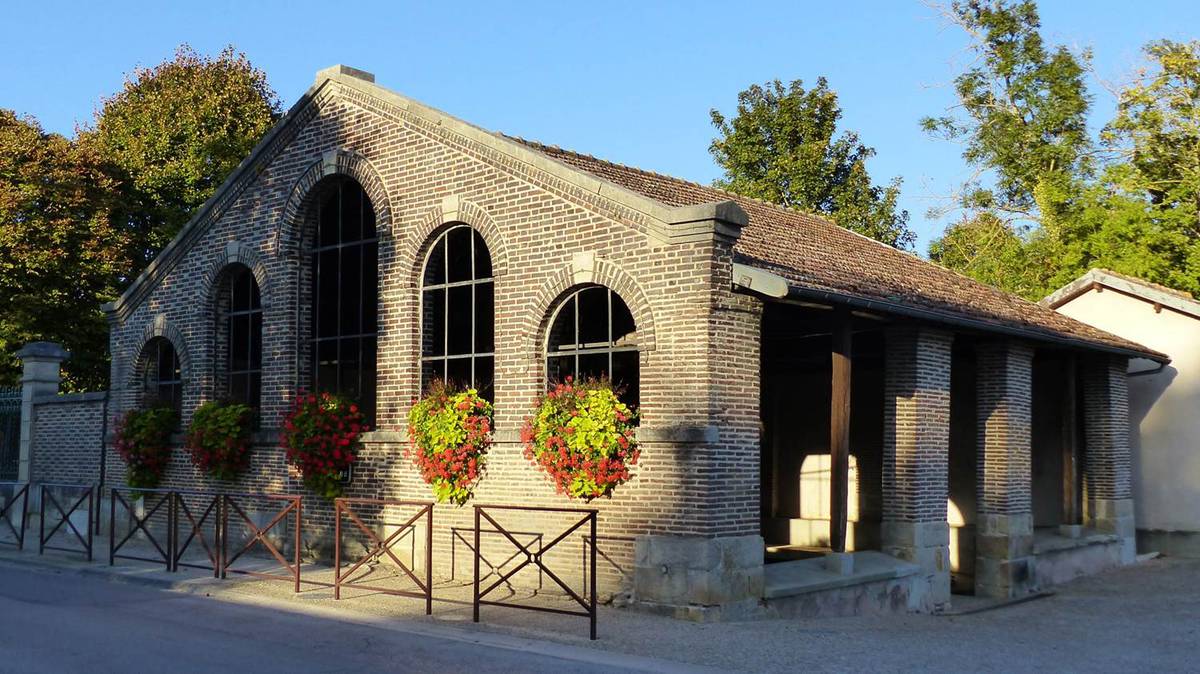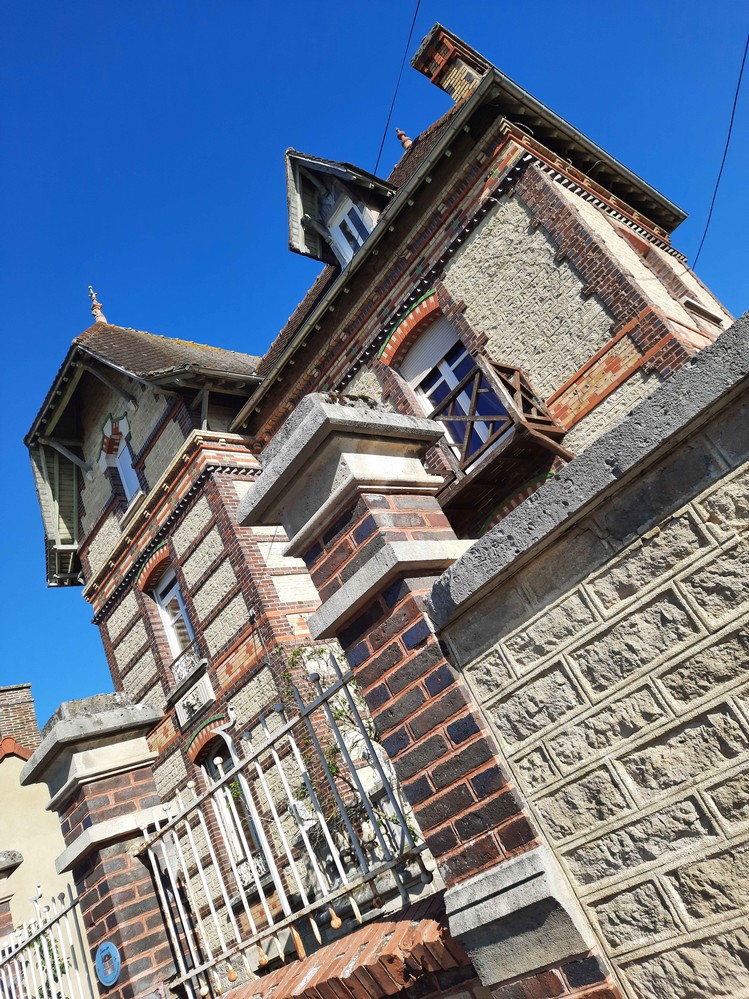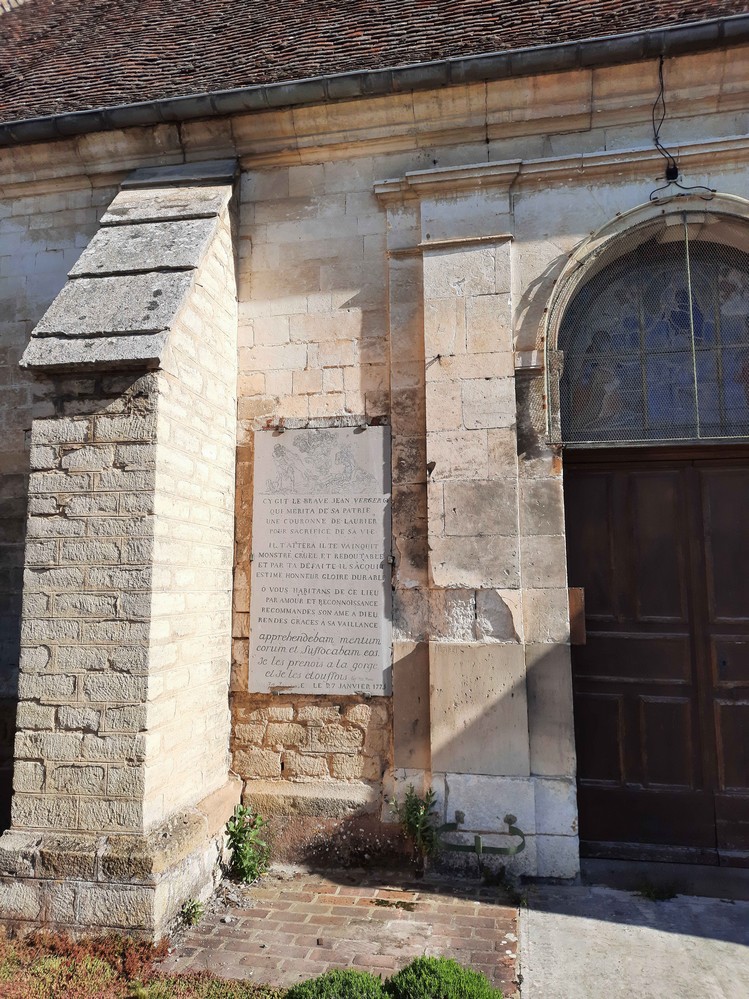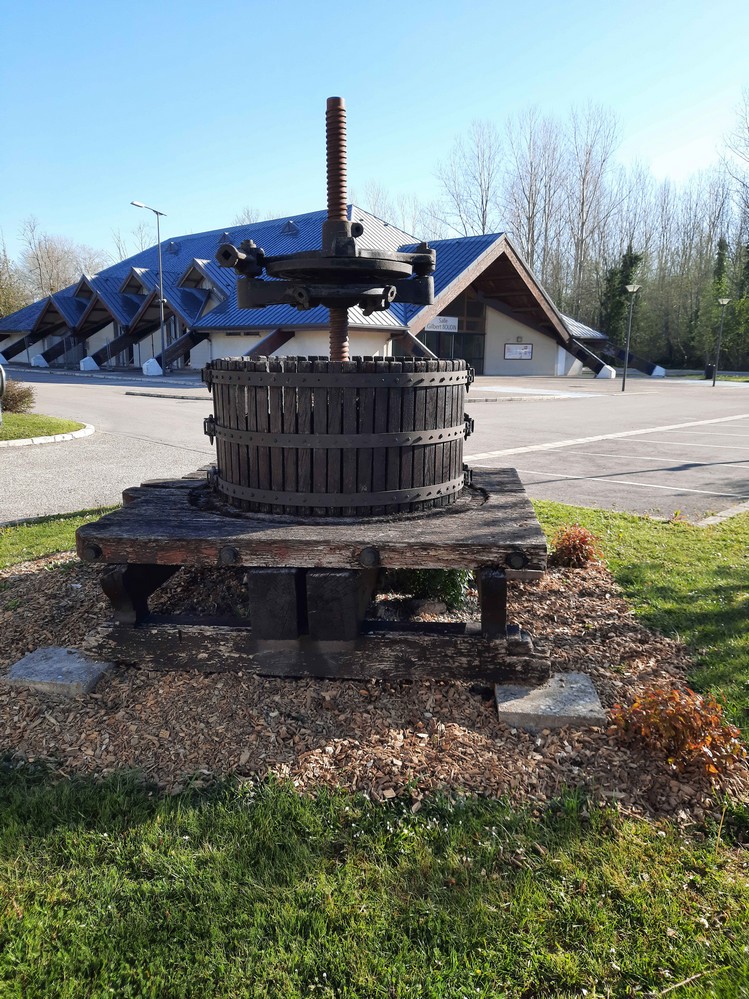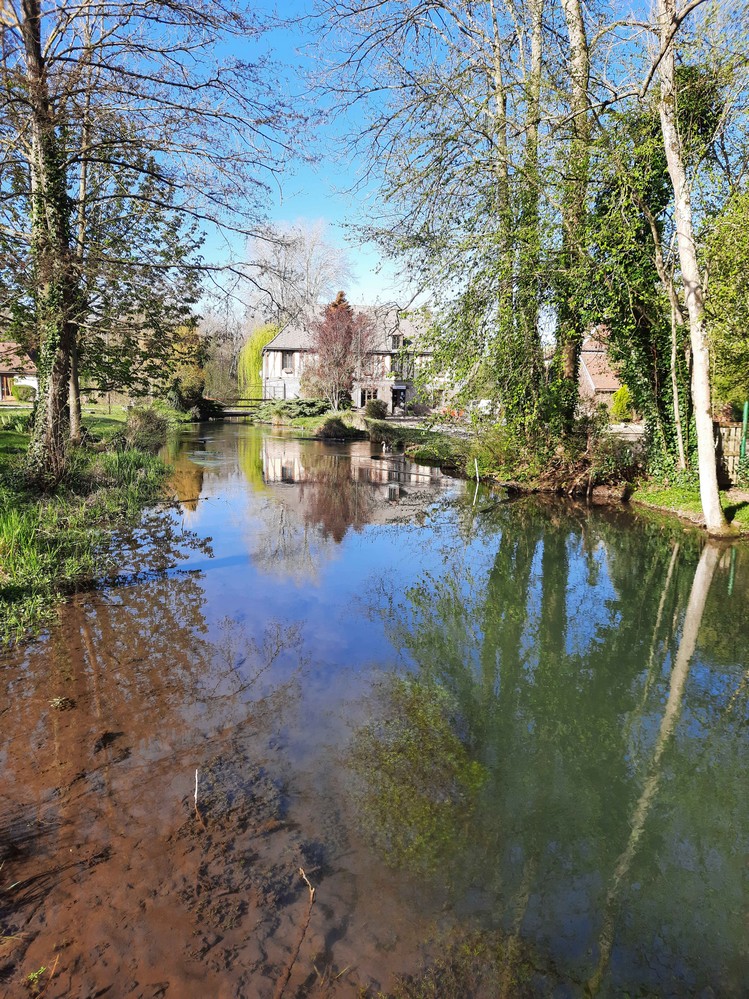This commune covers an area of 26 km² and is home to just over 1900 inhabitants who are known as ‘Liébautins’. This name comes from the former name of ‘Saint-Liébault’ which was replaced by ‘Estissac’ in 1758. The name is retained by both the inhabitants and the church, which dates from the 13th century and was enlarged in the 15th, 16th and 17th centuries. Estissac is located 22km west of Troyes to which it is directly linked by the D660. It is about 15 minutes from junction 19 (Vulaines) of the A5 from Paris.
The town has several shops and a primary school. The commune has been awarded one flower by the Villes et Villages Fleuris organisation for its verdant environment.
Water is at the heart of the town. Three water-courses pass through the valley, which led the first Liébautins to settle here at the dawn of the neolithic era. The Domaine du Moulin D’Eguebaude offers various activities. A former mill, it is now used as a fish farm and can be visited.
The wash house is in the ‘cage ouverte’ style. It is closed on three sides and has 5 large arched openings, but one side is left open – probably to allow for ventilation. Its bricks – a high quality material – and its architectural refinement, are a testimony to the aesthetic and practical design of this public wash house. It stands next to the main street – the Rue de la République – which leads to the commune’s village hall and also the supermarket. The road also leads to Estissac’s War Memorial. Topped by a cast iron soldier, the monument commemorates the Liébautins who died in the wars of 1870-71, 1914-18 and 1939-45.
In the middle of the village, opposite the Mairie, the church of Saint-Liébault, which dates from the 18th century, recalls the greatest artists of the 18th-century who painted its neo-classical doorway. This slightly protrudes from the façade and is framed by pilasters with Corinthian capitals and an entablature with triangular tympanum.
This slightly protrudes from the façade and is framed by pilasters with Corinthian capitals and an entablature with triangular tympanum. This all harks back to Graeco-Roman antiquity, which was rediscovered in the 18th century and integrated into architecture of the time, whether in religious or secular buildings, in Paris, or in a village in the Pays d’Othe.
Estissac’s church contains nearly a dozen works that are classified as objects recognised as historic monuments. Among these is a limestone high-relief sculpture dating from 1550-1560 entitled La Dormition de la Vierge, which focuses on the scene and the facial expressions of the characters – from the eternal slumber of the Virgin to the sorrow of the apostles, which is manifested in different ways. This work was shown at an exhibition in 2009 at the church of Saint-Jean-au-Marché in Troyes entitled:
‘Le Beau XVIe: masterpieces of sculpture in Champagne’.
A few metres from the church, the 17th-century market hall is now used for a Sunday morning market. Built as a corn-exchange and covered market, the hall is made of wooden beams with a solid roof, and has been classified as an historic monument since 1990.
TO FIND OUT MORE
>>> Commune Website
>>> Accomodation
>>> Catering
>>> Shops and Service
